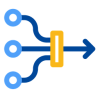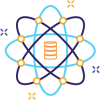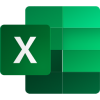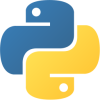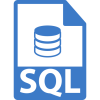Learn Advance Your Future.
Find the best courses, videos, books, podcasts, and blogs to learn a new skill
Trending Skills
Type
Skill level
Cost
Data Visualisation in Python (Codecademy)
Learn R (Codecademy)
Data Science Learning Path (Codecademy)
Accounting Analytics (Coursera)
Accounting Analytics explores how financial statement data and non-financial metrics can be linked to financial performance. In this course, taught by Wharton's acclaimed accounting professors, you'll learn how data is used to assess what drives financial performance and to forecast future financial scenarios.
Managerial Accounting: Cost Behaviors, Systems, and Analysis (Coursera)
In this course, you will learn how to use accounting to facilitate and align decisions made by owners, managers, and employees. You will learn how accountants create, organize, interpret, and communicate information that improves internal processes, and allows organizations to identify and leverage opportunities to create value within the supply chain and with customers.
Accounting Analysis I: The Role of Accounting as an Information System (Coursera)
This course is the first course in a five-course Financial Reporting Specialization that covers the collection, processing, and communication of accounting information (via financial reports) about economic entities to interested parties (i.e., managers and external stakeholders such as stockholders and creditors).
Data Visualization with Advanced Excel by PwC (Coursera)
In this course, you will get hands-on instruction of advanced Excel 2013 functions. You'll learn to use PowerPivot to build databases and data models. We'll show you how to perform different types of scenario and simulation analysis and you'll have an opportunity to practice these skills by leveraging some of Excel's built in tools including, solver, data tables, scenario manager and goal seek.
Mathematical Biostatistics Boot Camp 1 (Coursera)
This class presents the fundamental probability and statistical concepts used in elementary data analysis. It will be taught at an introductory level for students with junior or senior college-level mathematical training including a working knowledge of calculus. A small amount of linear algebra and programming are useful for the class, but not required.
Building Resilient Streaming Analytics Systems Systems on Google Cloud Platform (Coursera)
This course covers how to build streaming data pipelines on Google Cloud Platform. Cloud Pub/Sub is described for handling incoming streaming data. The course also covers how to apply aggregations and transformations to streaming data using Cloud Dataflow, and how to store processed records to BigQuery or Cloud Bigtable for analysis.
